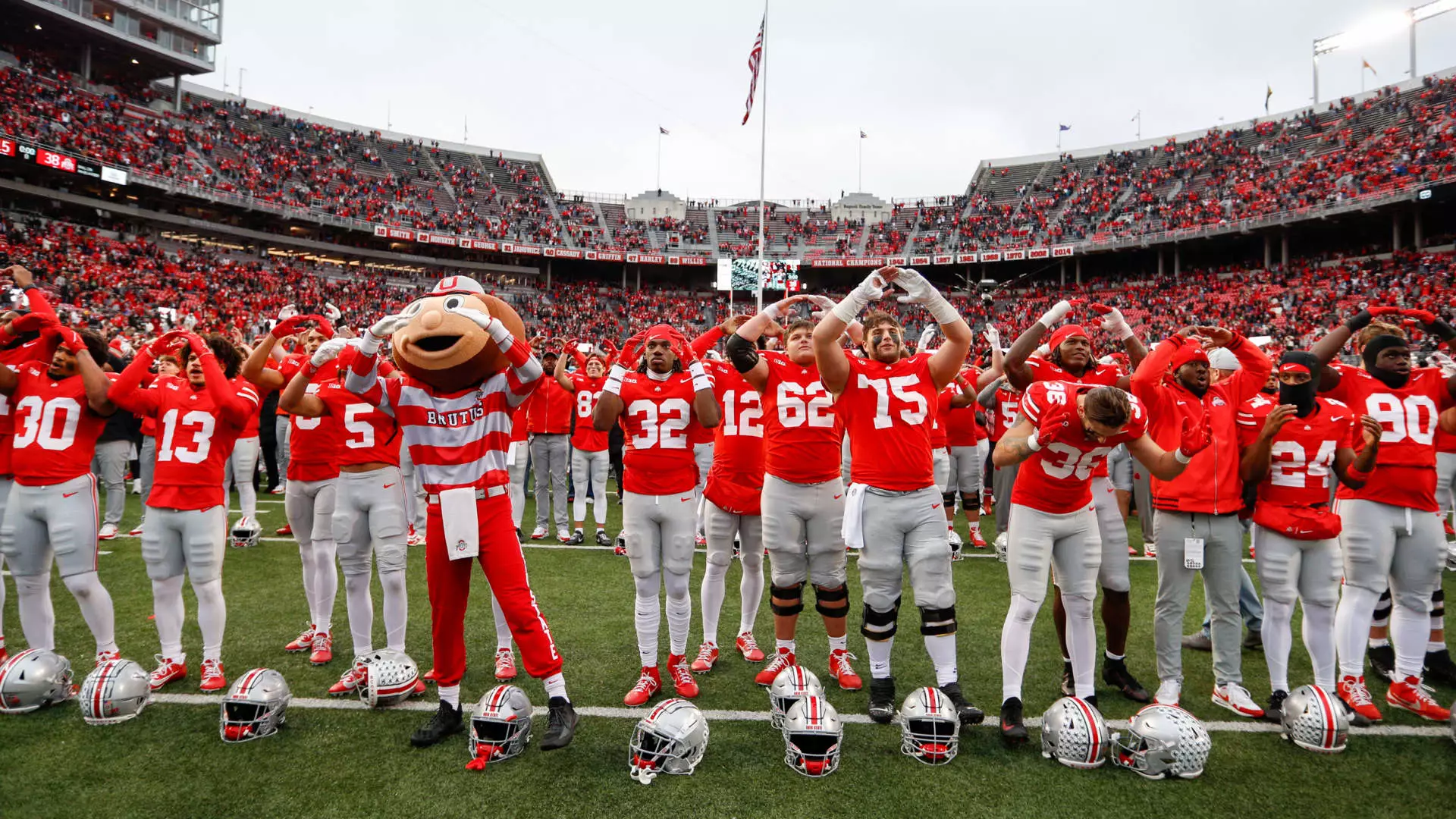In the world of college athletics, where passion meets dollars, the financial dynamics are beginning to shift dramatically. As major programs generate staggering revenues, they attract the attention of private investors eager to capitalize on this thriving sector. Understanding the valuation of these college sports programs not only sheds light on their economic importance but also emphasizes the evolving landscape of college athletics, influenced by media deals, donor contributions, and athlete compensation structures.
At the forefront of this financial conversation is Ohio State University, which boasts the most valuable athletic program in the country, valued at a remarkable $1.27 billion. This impressive figure is not just a fluke but a culmination of various factors. In 2023 alone, Ohio State recorded $280 million in revenue, substantially outpacing its peers. Key contributors to this valuation include a massive alumni network of over 600,000 and a fan base that exceeds 11 million enthusiastic supporters. Additionally, the university’s athletic programs benefited from close to $60 million in donor contributions, highlighting a robust culture of giving amongst its supporters.
The popularity of Ohio State’s football program cannot be understated. Regular game attendance routinely exceeds 100,000, underscoring the passionate commitment of its fans. This combination of engagement, financial contributions, and consistent performance in major athletics positions Ohio State as a paradigm of success in college sports.
While Ohio State steals the spotlight, the rankings of college athletic programs reveal that the upper echelon of this world is heavily dominated by institutions in the Southeastern Conference (SEC) and the Big Ten. These conferences boast massive media rights deals that significantly bolster their financial standing. In total, the SEC is valued at an astounding $13.3 billion, translating to an average of $832 million per institution. This is slightly eclipsed by the Big Ten’s valuation of $13.2 billion, averaging $734 million per school.
Conversely, other conferences, such as the Atlantic Coast Conference (ACC) and the Big 12, are trailing behind but still enjoy valuations in the billions. The ACC’s worth of $9.6 billion and the Big 12’s valuation of $6.7 billion are indicative of changing dynamics in college sports, driven by market interest and competitive performances that attract viewership.
The valuation of college athletic programs is a sophisticated process that involves multiple factors. Using a base revenue multiple of four for all institutions, adjustments are made based on various contributors, including the strength of conference affiliations, estimated spending on name, image, and likeness (NIL) deals, university subsidies, and alumni engagement. Such a comprehensive approach ensures that each institution’s enterprise value is reflective of its potential for future growth.
Sources like Jason Belzer, publisher of AthleticDirectorU, provide the necessary financial data and market insights needed for these valuations. His expertise has become crucial for schools navigating the complexities of modern college athletics, especially with the increasing focus on monetizing brand identities and securing investment from private equity.
As the landscape of college sports continues to evolve, the implications for college athletics become more complex. The growing trend of private investment in college programs raises important questions about the nature of amateurism and the future of student-athletes. As NCAA policies adapt to the changing environment surrounding NIL and athlete compensation, the valuation of programs could become even more dynamic.
Furthermore, how colleges navigate these investments while maintaining their commitment to education and athlete welfare will be crucial. The financial success of college sports programs presents opportunities for growth but also poses ethical considerations about the treatment of student-athletes and the ultimate purpose of college athletics.
The valuation of college sports programs reflects more than just numbers; it mirrors a paradigm shift in how these institutions operate. As the financial landscape evolves with new investments and changing media dynamics, understanding these valuations will be integral to future discussions surrounding college athletics and its role in American culture and society.


Leave a Reply